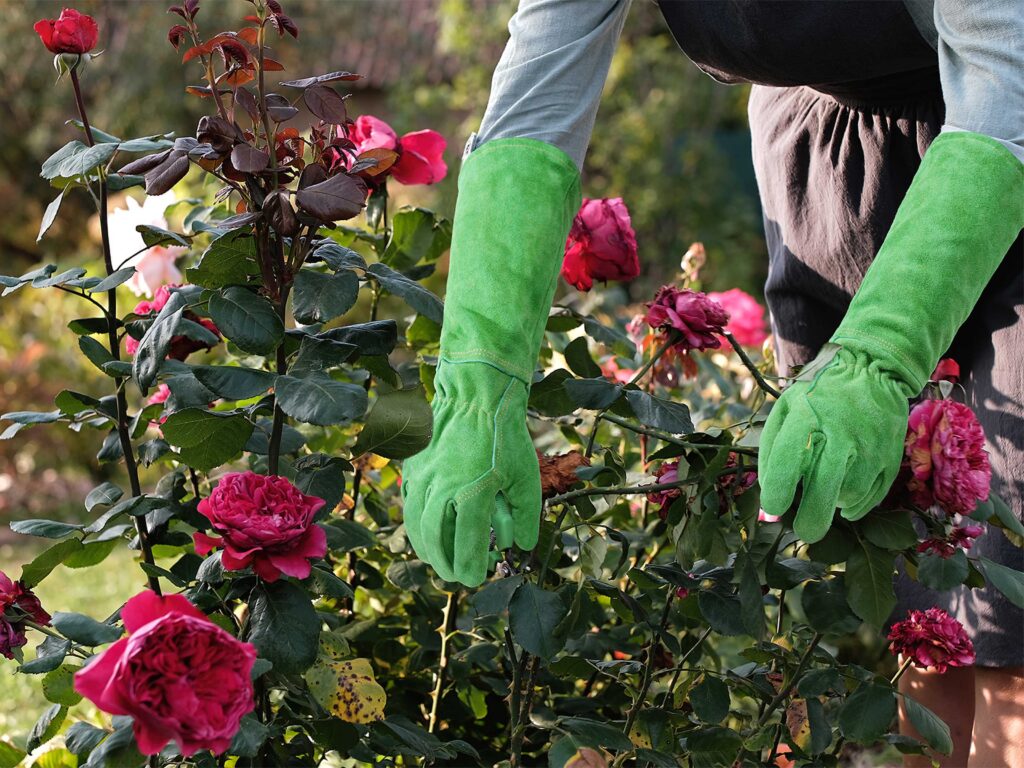
Prickly weeds like thistles, nettles, and brambles can turn gardening into a painful chore. Without the right gloves, you risk cuts, scratches, or infections. Let’s break down how to choose gloves that protect your hands and make weeding easier.
Why Regular Gloves Won’t Work
Most gardening gloves are designed for light tasks, not thorny weeds. They lack:
- Puncture resistance: Thorns pierce thin fabrics.
- Wrist coverage: Spiky weeds scratch exposed skin.
- Durability: Cheap materials tear easily.
3 Must-Have Features for Prickly Weed Gloves

1. Tough Materials
| Material | Best For | Drawbacks |
|---|---|---|
| Leather | Heavy thorns | Less flexible, needs care |
| Nitrile/Rubber | Flexibility + grip | Less thorn-proof |
| Kevlar-lined | Sharp spines | Pricier |
2. Protective Design
- Long cuffs: Cover wrists and forearms.
- Reinforced palms: Extra padding where thorns hit hardest.
- Breathable fabric: Reduces sweat during long tasks.
3. Comfort & Fit
- Snug but not tight (prevents blisters).
- Adjustable straps to keep debris out.
Top 4 Gloves for Prickly Weeds

| Type | Example Use | Best Choice |
|---|---|---|
| Heavy-duty leather | Thick brambles | Gauntlet-style rose gloves |
| Nitrile-coated | Small thistles | Kevlar-lined nitrile gloves |
| Budget synthetic | Occasional weeding | Reinforced palm garden gloves |
| Eco-friendly | Sustainable gardening | Hemp or bamboo blends |
How to Use Gloves Safely
- Before weeding: Check for holes; wear long sleeves.
- While pulling: Grip weeds at the base to avoid thorns.
- After use: Rinse gloves; air-dry away from sunlight.
3 Mistakes to Avoid
- Reusing damaged gloves: Tiny holes let thorns through.
- Ignoring wrists: Short cuffs = scratches.
- Choosing style over safety: Pretty gloves ≠ tough gloves.
Final Tip
Invest in one pair of high-quality gloves instead of replacing cheap ones yearly. Your hands (and garden) will thank you!